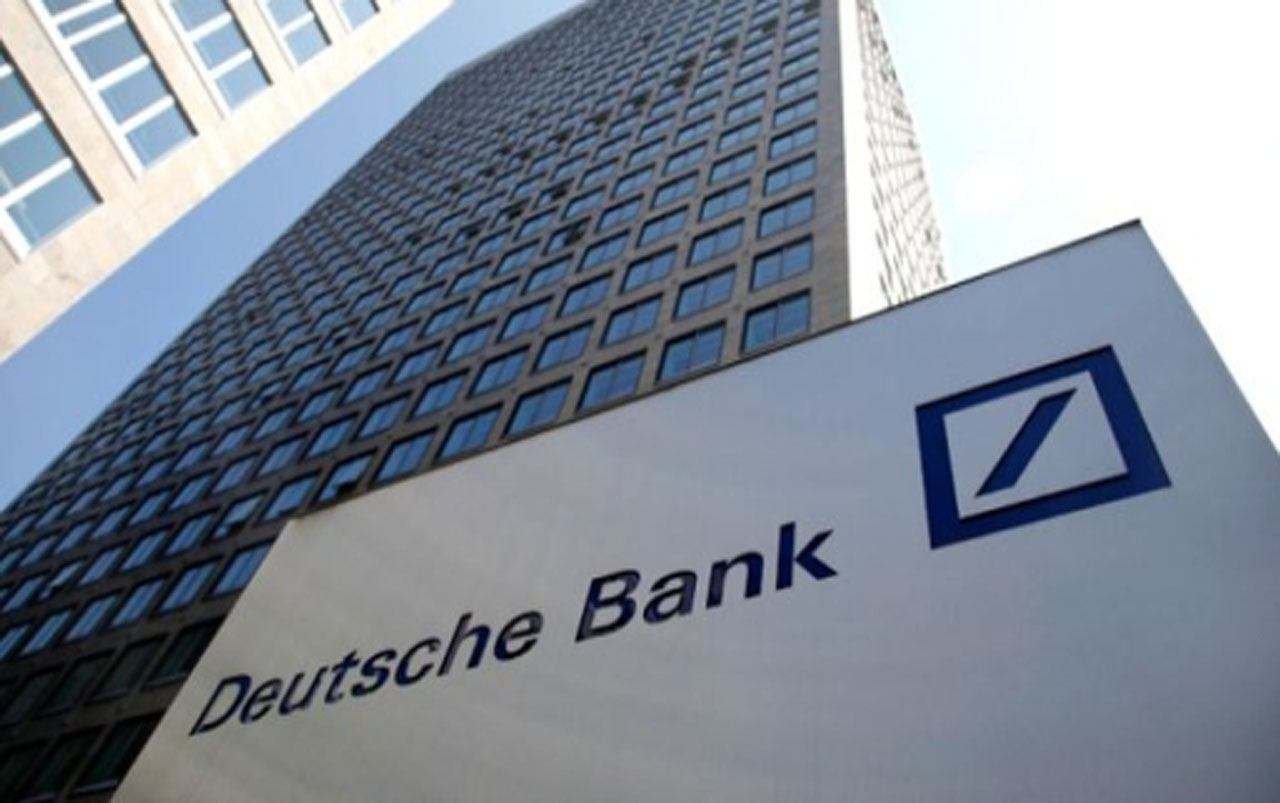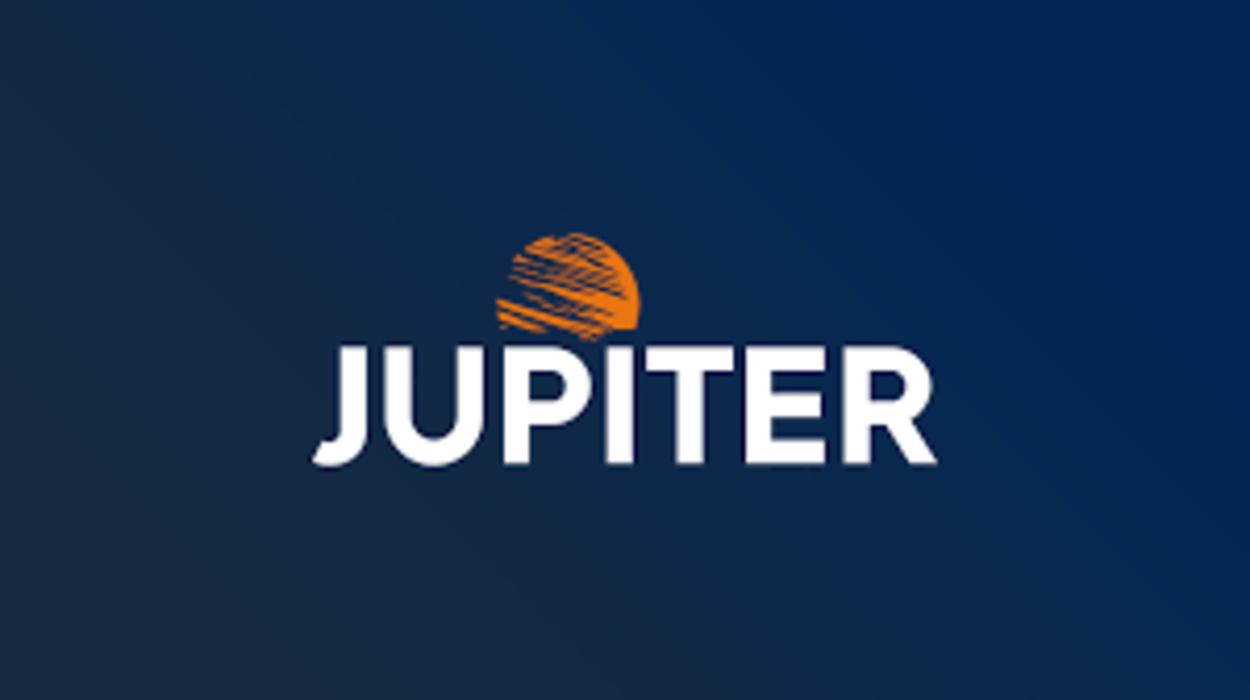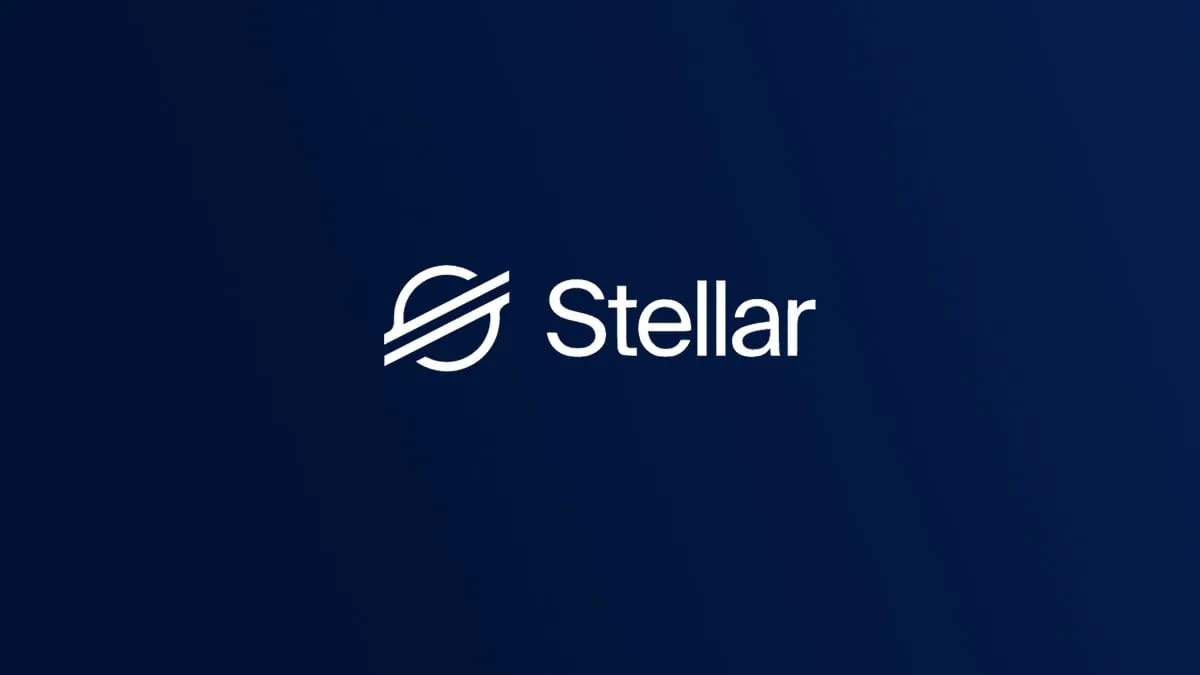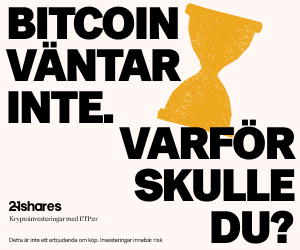Smart Beta Summit gives international investors the big picture Finding alternative sources of income is the defining issue for investors as well as for the asset management sector in general. One solution, which is the subject of much discussion at present, is smart or strategic beta. The term encompasses numerous rules-based strategies, but in general the overall objective is to improve the risk/return profile of an investment in comparison to a market portfolio by exploiting systematic equity or bond factors.
Deutsche Asset & Wealth Management, with the inclusion of other prestigious financial institutions, is today hosting a unique Smart Beta Summit in Berlin, attended by international investors. Guests include insurance companies, banks, family offices, foundations, pension funds and wealth managers from across Europe and the Middle East.
Highlights of the Summit include:
– The scientific framework undepinning strategic beta portfolios explained by Spyros Mesomeris, Head of the Quantitative Strategy Group & Quantitative Investment Solutions Group at Deutsche Bank. He is one of the world’s leading experts on factor investing. His particular focus is analysis in terms of how certain economic scenarios – such as economic phases, inflation and interest rate developments – can be used to quantitatively derive the optimal deployment of certain strategic beta strategies.
– Vincent Denoiseux, responsible for development of strategic beta portfolios at Deutsche AWM, demonstrated the concrete ways in which strategic beta can be implemented practically. For example, in the fixed income arena, weighting towards bonds issued by financially stable states is one way of implementation. This potentially enhances the return profile in comparison to typical market benchmarks, where the outstanding issue volume is crucial to the weighting. Similarly, strategic beta solutions can be applied to corporate bond and dividend indices to enhance results.
– Ali Masarwah, Editor-In-Chief of Morningstar Europe, the strategic beta ETF market share of the European ETP market as a whole has doubled in the last five years to approximately seven per cent. In the US market strategic beta ETFs already account for more than 20 per cent of the ETP market. However, whether or not this trend is replicated in Europe depends on many factors related to the products and the markets. An interesting fact is that dividend-related strategies account for the majority of strategic beta ETFs in Europe. According to Morningstar, in Europe strategic beta ETFs are particularly heavily used in ETF fund-of-funds.
– Index provider MSCI has identified six factors that have, over time, provided positive excess return: size; yield; value; momentum; quality and volatility. According to Dimitris Melas, Managing Director and Head of Equity Research at MSCI, each of these factors can be reflected in rules-based indexes, depending on investor needs. For example, a factor exposure can be reflected in an index by tilting the weights of the index towards the desired factor, or by selecting a subset of securities with high factor exposures.
– Index provider STOXX has developed a more concrete version of a strategic beta solution in the equity segment. They focused on how regional classification of companies can be optimized in equity indices. Hartmut Graf, CEO of STOXX, outlined specific examples in which it can make sense to categorize equities by their regional spread of turnover and profits, rather than by their headquarters’ location.
– Arom Pathammavong, Global Head of Citi Fixed Income Indices, illustrated how strategic beta solutions are also available on fixed income. He highlighted opportunities using examples from both the corporate and the government bond markets. Using time from downgrade as an alternative weighting approach helps capture market behavior such as the price dynamics over the potential rebound period that fallen angel bonds experience after their rating change. Another example is using fundamental weights such as a country’s debt-to-GDP and the ability to service its debt, rather than its total amount of debt outstanding, to capture debt burden and repayment capability.

 Nyheter4 veckor sedan
Nyheter4 veckor sedan
 Nyheter3 veckor sedan
Nyheter3 veckor sedan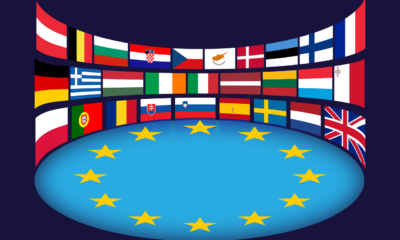
 Nyheter3 veckor sedan
Nyheter3 veckor sedan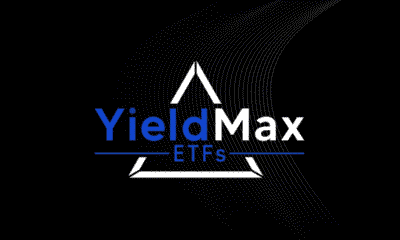
 Nyheter3 veckor sedan
Nyheter3 veckor sedan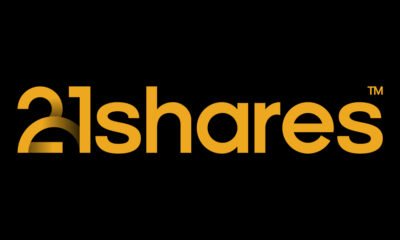
 Nyheter4 veckor sedan
Nyheter4 veckor sedan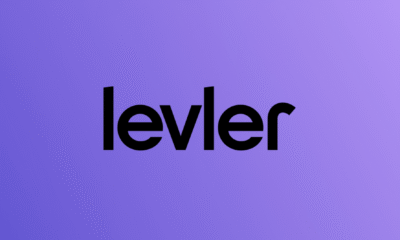
 Nyheter1 vecka sedan
Nyheter1 vecka sedan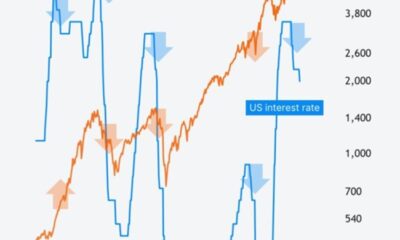
 Nyheter4 veckor sedan
Nyheter4 veckor sedan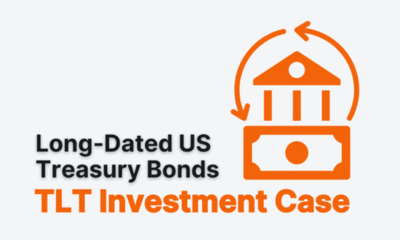
 Nyheter4 veckor sedan
Nyheter4 veckor sedan
